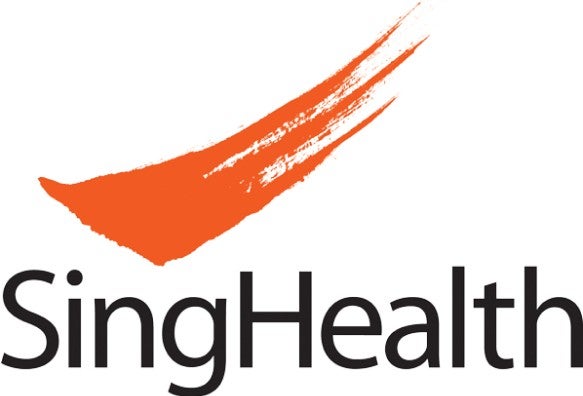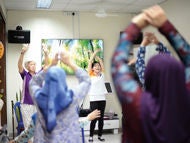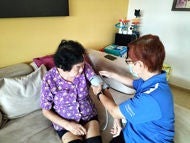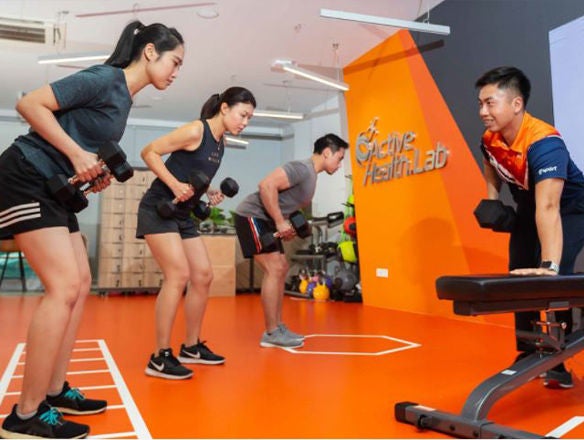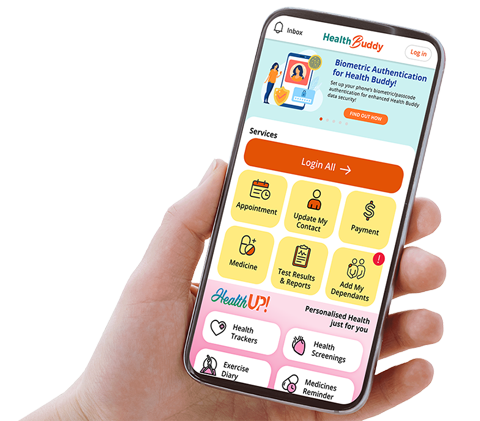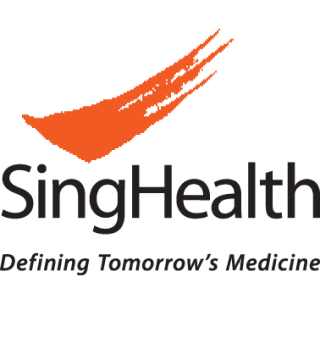SingHealth Institutions will NEVER ask you to transfer money over a call. If in doubt, call the 24/7 ScamShield helpline at 1799, or visit the ScamShield website at www.scamshield.gov.sg.

Jaspreet and Joanne (second and third from right) with their Clinical Analytics and Insights colleagues
From automating routine tasks to introducing new digital tools, one group of staff is proactively helping their colleagues to work smarter and feel more confident about using technology in their daily work.
Digital transformation isn’t just about new systems — it’s about people. At SGH, the Clinical Analytics and Insights (CAI) department in the Office of Patient Safety and Quality (OPSQ) is helping colleagues at OPSQ and Medical Board get future-ready by building digital confidence and creating smarter ways of working.
Through its Clinical Digital Innovation (CDI) team, CAI partners colleagues to reimagine workflows, improve productivity and make data work harder for patient care. We caught up with Jaspreet Kaur, Senior Manager and Head of CAI, and Joanne Ho, Senior Assistant Manager, who leads the CDI team, to find out how their work is helping SGH prepare for a digital future — one use case at a time.
What does the CAI department do?
Jaspreet: CAI is a department under the OPSQ. Our work centres on three goals — enhancing clinical quality, managing risks proactively, and building digital expertise to support safe, high-quality patient care.
Among other things, we oversee key clinical indicators across the hospital to ensure we meet global standards. The CDI team, led by Joanne, focuses on helping OPSQ and Medical Board colleagues embrace digital transformation. They drive digitalisation initiatives and use data to spot potential risks early and prevent problems before they happen.
Joanne: Many of our OPSQ and Medical Board colleagues are busy with their day-to-day work, so digitalisation might not always be top-of-mind. This is where the CDI team steps in. We set up a Digital Community comprising digital champions from each OPSQ departments and offices under Medical Board.
We work with the champions to identify potential digital use cases and partner them through the solution-building process. We want our colleagues to feel supported and confident as they embrace digital tools. Monthly meetings are also held to share digital tools, progress on use cases, learnings, feedback and success stories.
What prompted the creation of the CDI team?
Jaspreet: Across OPSQ, much of our work involves data. However, not everyone has the technical skills — such as coding or data visualisation — needed to make the most of it.
That’s when OPSQ saw the value in forming the CDI team. We wanted to bridge these skill gaps, partnering with colleagues to upskill them and improve their work processes. As they see how these tools make their work more productive, they also become more motivated to adopt them.
Can you share examples of how CDI has helped colleagues with digital adoption?
Joanne: One example is with the Clinical Privileging Committee, which oversees clinician licensing and ensures doctors meet their required training hours. A script had been developed to collate training hours automatically, but when a new colleague took over the secretariat role, she struggled to run it because she didn’t know how to code. I worked closely with her to understand the process, rewrote the script, and taught her how to use it — including troubleshooting support.
Another example is our Minutes Taking Tools Guide. OPSQ colleagues often have to take minutes for meetings, but with so many transcribing tools available, it can be overwhelming to choose the right one. We created a simple guide to help them pick the most suitable tool, making digital adoption easier and less intimidating.

A larger-scale project we supported was the Named-Patient-Named-Physician process. This involves doctors applying for non-formulary drugs needed by specific patients. Previously, it was a tedious manual process — downloading forms, signing, scanning, and emailing multiple times for approval. My team helped to digitise the form and automate the entire process, saving time and improving efficiency. The success of this initiative has led other hospitals within SingHealth to adopt the same digital solution — a testament to the scalability and impact of what we do.
As SGH continues its digital journey, the CDI team’s work is a reminder that technology is only as powerful as the people behind it. By supporting colleagues to learn, experiment and embrace new tools, they’re helping to shape a workforce that’s not just tech-savvy, but adaptable, confident and ready for the future of healthcare.
We love mail! Drop us a note at lighternotes@sgh.com.sg to tell us what you like or didn’t like about this story, and what you would like to see more of in LighterNotes.
Contributed by
Keep Healthy With
© 2025 SingHealth Group. All Rights Reserved.
